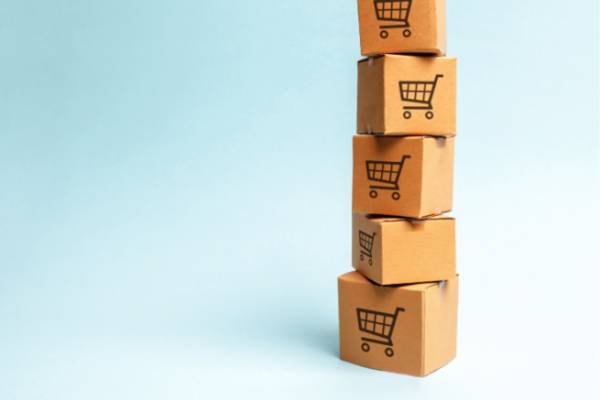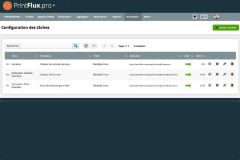E-commerce continues to profoundly transform the packaging industry. According to the The Future of E-commerce Packaging to 2029 published by US research firm Smithers, the global market reached $75.3 billion in 2024 and is expected to grow at an annual rate of 9%, reaching $116.1 billion by 2029. Between 2019 and 2024, this sector had already experienced rapid expansion, with average annual growth of 16.8%.
Cardboard dominates e-commerce packaging
Corrugated board, in particular, captures most of the market's value. Valued at $61.3 billion in 2024, it is the benchmark material.
This dominance is due to its robustness, its ability to adapt to logistical constraints and its environmental image. Smithers forecasts annual growth of nearly 10% for this segment, slightly outpacing the overall market.
Flexible packaging in second place
With an estimated value of over $11 billion in 2024, flexible packaging is an important format for online sales, even if it remains far behind corrugated. Smithers forecasts annual growth of nearly 8% for this category by 2029.
Flexible packaging is particularly used in certain specific sectors, such as apparel. Its advantages are well recognized: reduced weight, limited cost for brands, and adaptability to less fragile products.
Specialized formats: mailers and recessed protectors
Other formats such as padded envelopes and cushioning solutions are mentioned in the study. Their use remains restricted to a few well-identified segments, which explains their more modest market sizes. Nevertheless, they are essential in certain specific cases, such as the shipment of electronic goods, books or fragile objects.
Clothing, the leading contributor by value
In terms of user sectors, textiles (clothing, footwear, jewelry) will account for the largest share of the market in 2024, with over $21.8 billion. Smithers forecasts annual growth of almost 12% in this sector through to 2029, making it the most dynamic segment.
Growth driven by Asia-Pacific and the United States
In terms of geographic zones, several of the world's major markets are located in Asia-Pacific, notably China, Japan and South Korea.
Outside this region, the USA represents the largest single market, accounting for almost 24% of global value in 2024. This proportion should rise to over 26% in 2029, again according to Smithers.
A rapidly structuring market
The growth of e-commerce is accompanied by a rapid structuring of logistical and environmental requirements. This is stimulating demand for more technical packaging, better adapted to the constraints of transport, and more easily recyclable. The Smithers report highlights a fundamental trend: manufacturers of corrugated board, flexible plastic and cushioning solutions are called upon to adapt their offer to an increasingly demanding context in terms of durability, resistance and logistical optimization.














